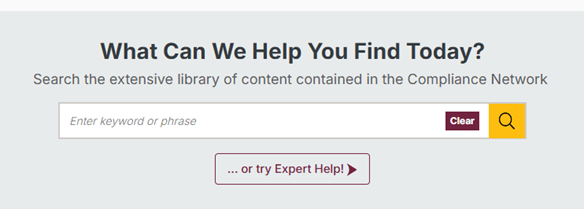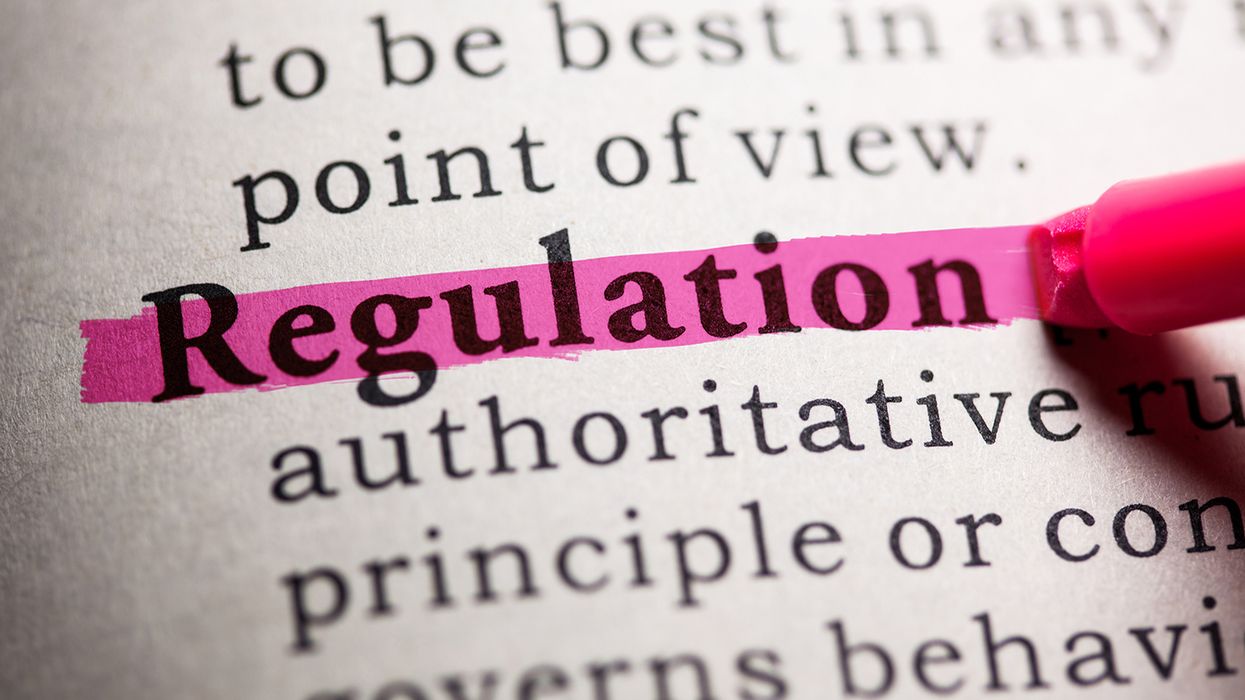Crack the code (of conduct) with these tips
Two in five companies don’t meet basic expectations for effective codes of conduct according to the 2023 annual report by LRN, an ethics and compliance training provider. The report rated the effectiveness of codes of conduct of nearly 200 publicly traded companies around the world.
What is a code of conduct?
A code of conduct is a list of company rules. It may be organized into individual policies that define specific required or prohibited behaviors.
Here are some issues code of conduct policies may address:
- Annual leave, paid time off, and holiday time
- Company dress code
- Onboarding processes
- Rules on attendance, tardiness, and punctuality
- Use of personal cell phones during working hours
- Conflict of interest
- Financial integrity and responsibility
- Confidential information
- Harassment and discrimination
- Meal and break periods
- Social media guidelines
- Illegal activity
- Internet usage on company time/equipment
- Use of company equipment
- Plagiarism
- Substance use and abuse
When the code is breached
A code of conduct should do more than provide information for employees. LRN report notes that effective codes of conduct include a strong non-retaliation policy to protect employees who speak up.
Effective codes of conduct also:
- Encourage employees to speak up when they see policy violations.
- Explain the procedure for investigation of misconduct.
- Outline the consequences for not reporting a violation or for providing false information to conceal a violation.
The code of conduct should also include language clearly stating that disciplinary action, up to and including termination, may be necessary when a code of conduct policy is breached. Then, organizations should ensure their policies are uniformly and fairly enforced.
How to write a code of conduct
When writing a code of conduct policy, HR professionals should keep these six tips in mind:
- Make it relevant to your industry. A code of conduct will differ for a technology firm whose employees work in offices versus a company with workers in a manufacturing setting.
- Use plain language. Try to avoid confusing legal jargon.
- Include a statement from senior leadership. Consider starting the code of conduct with a message from the CEO, showing buy-in from leadership for the policies spelled out in the code of conduct.
- Give examples. The code of conduct should describe scenarios employees may realistically experience.
- Make it easy for employees to access. Distribute policies in a printed handbook or post them electronically where all employees have access to them, such as on the company’s intranet site.
- Keep the code on the front burner. To ensure that all employees understand their responsibilities and remain compliant, provide regular refresher courses on topics addressed in the code, especially sexual harassment, workplace discrimination, and any customer service rules. You may want to do this once a year.
Key to remember: It is a best practice for employers to have effective code of conduct policies for employees. HR should review and update this code regularly or work with company leadership to create a comprehensive set of policies if their organization doesn’t already have a code of conduct.

































































